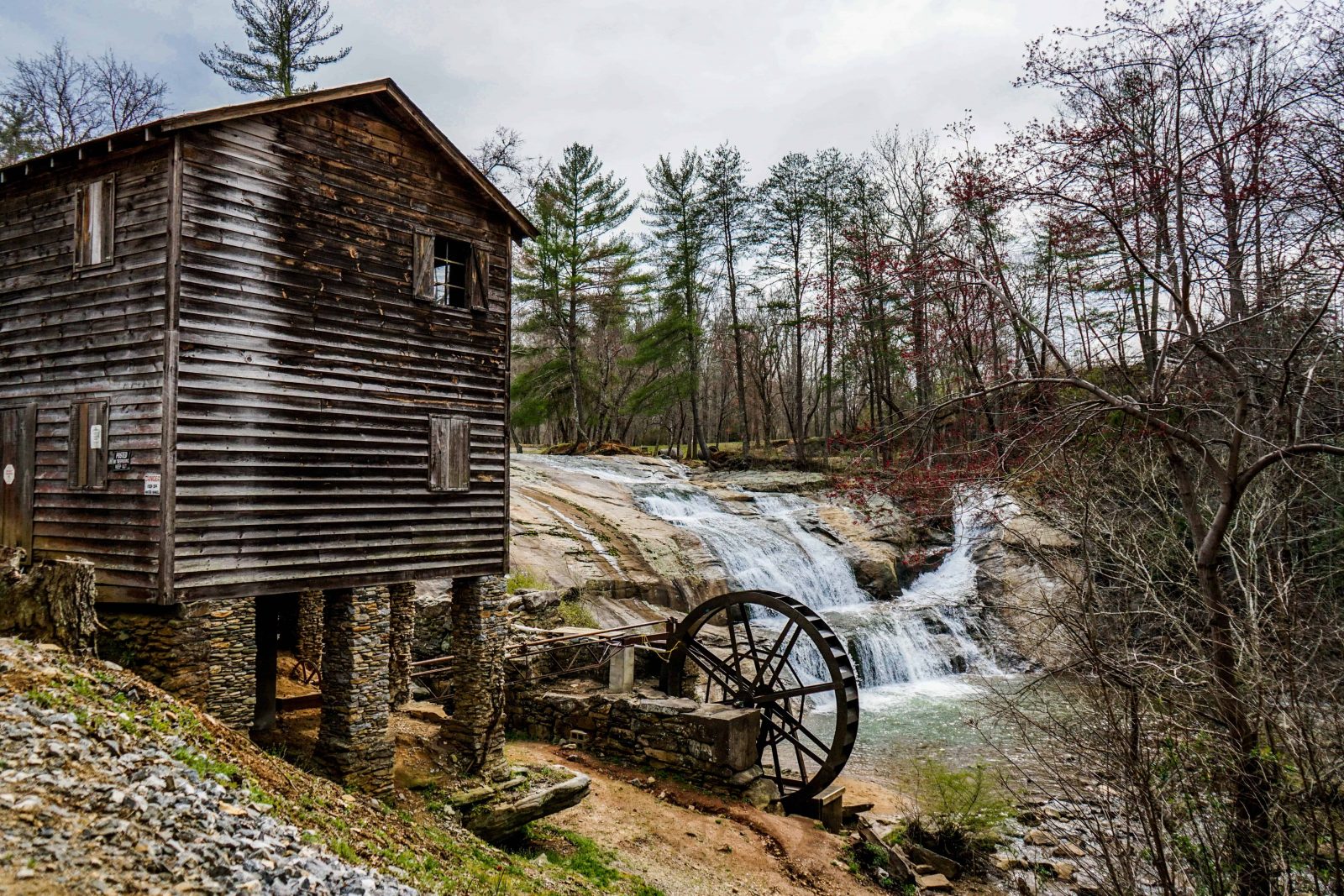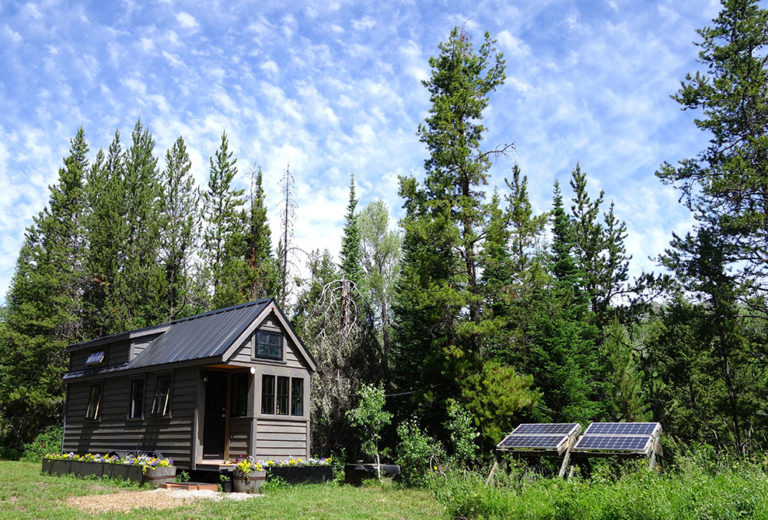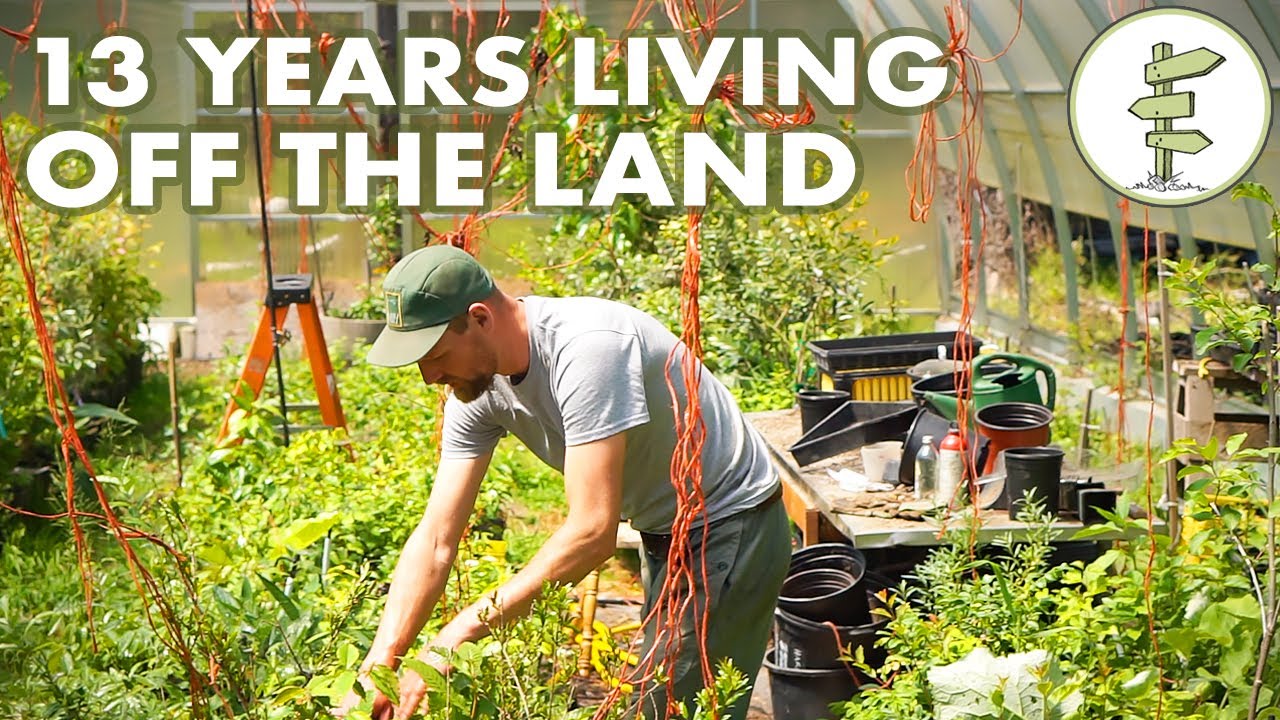Live off the land communities, with their deep-rooted philosophies and sustainable practices, offer a fascinating glimpse into alternative lifestyles that prioritize harmony with nature. Their unique approach to living, guided by principles of self-sufficiency and respect for the environment, challenges societal norms and inspires a re-examination of our relationship with the land.
These communities, scattered across diverse regions, have developed distinct methods and traditions for procuring sustenance, fostering social connections, and preserving their cultural heritage. Their stories, rich in wisdom and resilience, provide valuable insights into alternative ways of living that promote sustainability and community well-being.
Origins and History of Live Off the Land Communities

The origins of live off the land communities can be traced back to various historical periods and cultural influences. In ancient times, hunter-gatherer societies relied heavily on their immediate surroundings for sustenance and shelter, forming the foundation for the principles of living off the land.
During the Middle Ages, religious and spiritual movements, such as monasticism and the Waldensians, emphasized a simple and self-sufficient lifestyle, which included living off the land as a means of reducing reliance on material possessions and worldly comforts.
Philosophical and Cultural Influences
Live off the land communities have been shaped by diverse philosophical and cultural influences, including:
- Environmentalism:A deep respect for the natural world and a desire to minimize human impact on the environment.
- Self-sufficiency:A belief in the importance of relying on one’s own skills and resources to meet basic needs.
- Simplicity:A preference for a simple and uncluttered lifestyle, free from material distractions.
- Community:A strong sense of community and cooperation among members, who share resources and support each other.
Characteristics and Principles of Live Off the Land Communities

Live off the land communities, often known as off-grid or homesteading communities, are characterized by their commitment to self-sufficiency and sustainable living. They strive to minimize their ecological footprint by living in harmony with nature, producing their own food, generating their own energy, and relying on traditional skills and knowledge.These communities share a deep respect for the environment and believe in preserving natural resources for future generations.
They emphasize the importance of community, cooperation, and mutual support, often establishing unique social structures and governance models that foster a sense of belonging and shared responsibility.
Values and Lifestyle
Live off the land communities adhere to a set of core values that guide their lifestyle and decision-making. These values include:
Self-reliance
Individuals and families strive to be independent and responsible for their own well-being, relying on their skills, knowledge, and resources.
Sustainability
Communities prioritize the long-term health of the environment by adopting practices that minimize their ecological impact and preserve natural resources.
Simplicity
Members embrace a simple lifestyle, focusing on essential needs and reducing consumption to live in harmony with the environment.
Community
Strong bonds are formed within these communities, with members working together to support each other and share resources.
Principles and Practices
The principles that guide live off the land communities are reflected in their daily practices. These principles include:
Self-sufficiency
Communities aim to produce their own food, generate their own energy, and rely on traditional skills and knowledge to meet their basic needs.
Sustainability
Practices are designed to minimize waste, conserve resources, and protect the environment for future generations.
Respect for nature
Members recognize the interconnectedness of all living things and strive to live in harmony with the natural world.
Social Structures and Governance, Live off the land communities
Live off the land communities often establish unique social structures and governance models that foster a sense of belonging and shared responsibility. These structures may include:
Consensus decision-making
Important decisions are made through a process of open discussion and consensus, ensuring that all voices are heard and respected.
Cooperative labor
Members work together to share tasks and responsibilities, fostering a sense of community and mutual support.
Traditional knowledge and skills
Communities value and preserve traditional knowledge and skills that have been passed down through generations, ensuring the continuity of sustainable practices.
Methods and Practices of Living Off the Land

Live off the land communities employ various methods and practices to sustain themselves, relying on their deep understanding of the natural environment and its resources. They prioritize resource management and conservation, ensuring the long-term availability of the resources they depend on.
Hunting
Hunting is a crucial method for procuring food in live off the land communities. They use traditional hunting techniques, such as archery, trapping, and spearfishing, to acquire game. These techniques are often passed down through generations and are tailored to the specific environment and available species.
Sustainable hunting practices are emphasized, ensuring that animal populations are not depleted.
Foraging
Foraging involves gathering edible plants, fruits, nuts, and mushrooms from the wild. Live off the land communities possess extensive knowledge of the local flora and its nutritional value. They identify edible species, harvest them responsibly, and preserve them for future use through drying, smoking, or fermentation.
Foraging provides a diverse range of nutrients and contributes significantly to the community’s diet.
Farming
Some live off the land communities practice small-scale farming to supplement their food supply. They cultivate crops that are well-suited to the local climate and soil conditions. Organic farming methods are often employed, emphasizing natural pest control and soil health.
The crops grown provide a stable source of carbohydrates, vegetables, and fruits.
Other Food Procurement Strategies
In addition to hunting, foraging, and farming, live off the land communities may engage in other food procurement strategies. These include fishing, trapping small game, and gathering shellfish. They also utilize traditional methods of food preservation, such as smoking, drying, and pickling, to extend the shelf life of their provisions.
Resource Management and Conservation
Resource management and conservation are essential principles in live off the land communities. They recognize the finite nature of natural resources and strive to preserve them for future generations. This involves implementing sustainable practices, such as rotational hunting, selective harvesting of plants, and responsible waste management.
By carefully managing their resources, live off the land communities ensure the long-term viability of their way of life.
Community Dynamics and Social Interactions
Live off the land communities are characterized by a strong sense of community and social cohesion. Individuals and families within these communities have clearly defined roles and responsibilities, and there are established mechanisms for resolving conflicts and maintaining harmony.
Roles and Responsibilities
In live off the land communities, each individual has a specific role to play in ensuring the well-being of the group. Men are typically responsible for hunting, fishing, and other tasks that require physical strength, while women are responsible for gathering, cooking, and childcare.
Children are expected to help with tasks appropriate to their age and ability.
Conflict Resolution
Conflicts within live off the land communities are typically resolved through consensus-based decision-making. Elders and respected members of the community play a key role in facilitating dialogue and finding solutions that are acceptable to all parties involved.
Cultural Traditions
Cultural traditions, rituals, and ceremonies play an important role in shaping community life in live off the land communities. These traditions often reflect the community’s connection to the land and their dependence on the natural environment.For example, many live off the land communities have ceremonies to mark the changing seasons, to celebrate successful hunts or harvests, and to honor the spirits of the land.
These ceremonies help to strengthen the bonds between community members and to pass on cultural knowledge and values to future generations.
Challenges and Opportunities for Live Off the Land Communities
Live off the land communities face various challenges, including access to land, changing environmental conditions, and social isolation. Access to land is a significant concern, as many of these communities rely on traditional lands that may be subject to development or other pressures.
Changing environmental conditions, such as climate change and deforestation, can also impact the availability of resources and the sustainability of traditional practices. Social isolation can be a challenge for these communities, as they may be located in remote areas with limited access to services and infrastructure.Despite these challenges, live off the land communities also have opportunities available to them.
Tourism can provide a source of income and help to promote cultural awareness. Education can help to preserve traditional knowledge and skills, and partnerships with conservation organizations can provide support for sustainable land management practices. Live off the land practices have the potential to contribute to broader sustainability goals and societal resilience by promoting biodiversity conservation, reducing carbon emissions, and fostering community self-reliance.
Access to Land
Live off the land communities often rely on traditional lands for their livelihoods and cultural practices. However, access to these lands can be threatened by development, land grabs, and other factors. This can force communities to relocate or adapt their practices, which can have a significant impact on their way of life.
Changing Environmental Conditions
Climate change and other environmental changes can also impact live off the land communities. Changes in temperature, precipitation patterns, and sea levels can affect the availability of resources, such as water, food, and medicinal plants. These changes can also make it more difficult for communities to practice traditional hunting, fishing, and farming methods.
Social Isolation
Live off the land communities are often located in remote areas with limited access to services and infrastructure. This can lead to social isolation and a lack of access to education, healthcare, and other essential services. Social isolation can also make it difficult for communities to participate in decision-making processes that affect their lives.
Tourism
Tourism can provide a source of income for live off the land communities and help to promote cultural awareness. However, it is important to ensure that tourism is managed in a sustainable way that does not damage the environment or disrupt traditional practices.
Education
Education can help to preserve traditional knowledge and skills in live off the land communities. It can also help to raise awareness of the importance of these communities and their role in environmental conservation.
Partnerships with Conservation Organizations
Partnerships with conservation organizations can provide support for sustainable land management practices in live off the land communities. These partnerships can help to protect traditional lands, promote biodiversity conservation, and reduce carbon emissions.
Sustainability Goals and Societal Resilience
Live off the land practices have the potential to contribute to broader sustainability goals and societal resilience. By promoting biodiversity conservation, reducing carbon emissions, and fostering community self-reliance, these practices can help to create a more sustainable and resilient future for all.
Closing Notes

As the world grapples with environmental challenges and societal shifts, the lessons learned from live off the land communities offer a timely reminder of the importance of self-reliance, resourcefulness, and a deep connection to the natural world. Their practices and values hold potential for broader societal transformations, fostering resilience and inspiring a more sustainable and harmonious way of life.
Answers to Common Questions: Live Off The Land Communities
What are the motivations behind the formation of live off the land communities?
Motivations vary, but often include a desire for self-reliance, a deep connection to nature, and a rejection of consumerism and modern societal norms.
How do live off the land communities ensure food security?
They employ various methods such as hunting, foraging, farming, and fishing, emphasizing sustainable practices and resource conservation.
What are the unique social structures within live off the land communities?
They often have decentralized governance models, with decision-making based on consensus and a strong sense of communal responsibility.